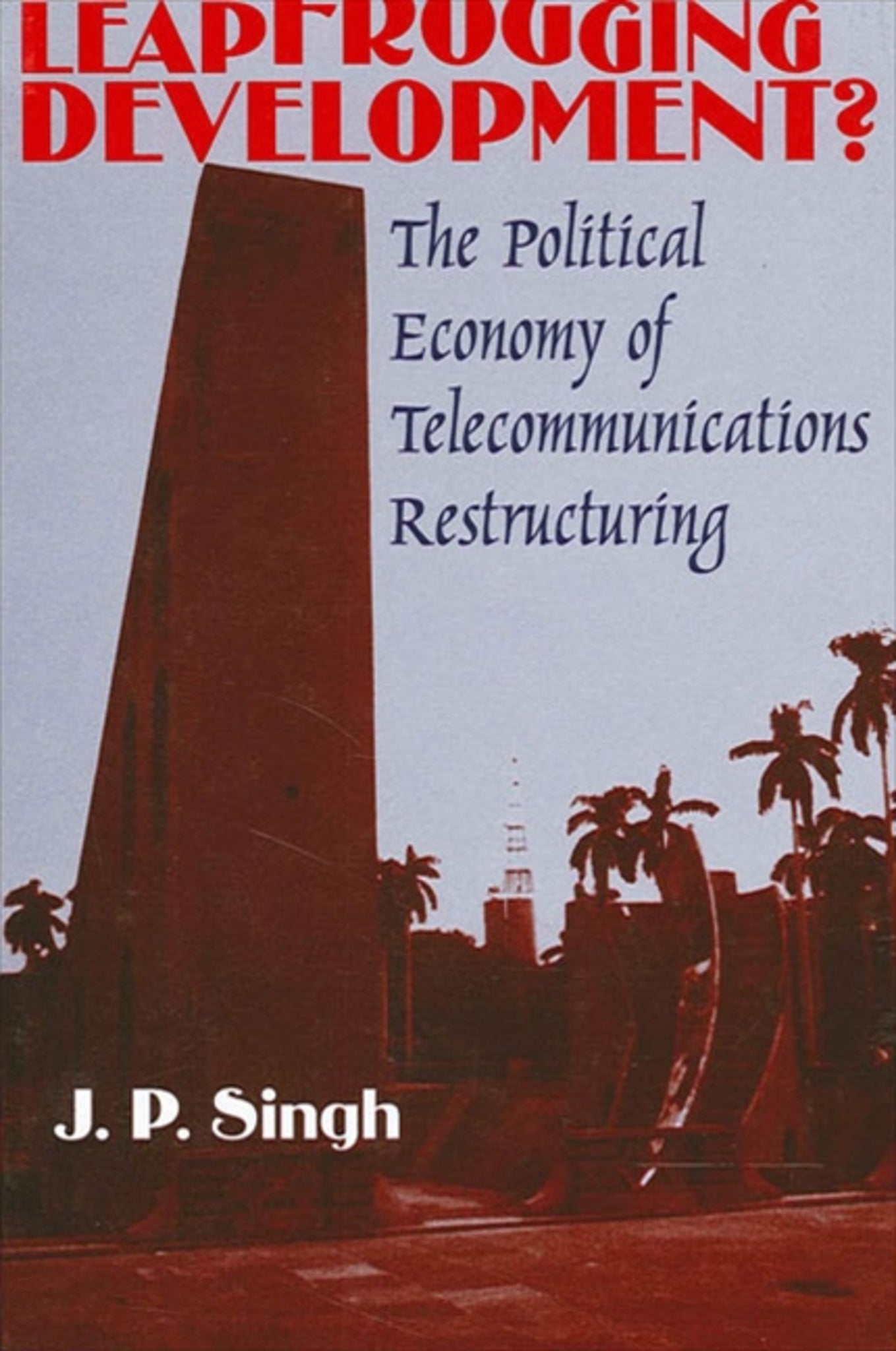We're sorry. An error has occurred
Please cancel or retry.
Leapfrogging Development?

Some error occured while loading the Quick View. Please close the Quick View and try reloading the page.
Couldn't load pickup availability
- Format:
-
12 August 1999

Examines how developing countries have restructured their telecommunications in order to "leapfrog" or accelerate development.
Telecommunications restructurings are now seen as important barometers in the shift among developing countries toward market-based economies. They are often posited as helping developing countries "leapfrog," or accelerate their pace of development, and "connect" with the world economy. This book shows that most states in developing countries are unable to resolve the myriad pressures they face in restructuring important sectors like telecommunications to effect accelerated or "leapfrogging" development.
The scope, pace, and sequencing of restructuring varies according to how different types of states respond to micro sub-sectoral pressures or to macro-level pressures from coalitions of groups. After examining seven generalizable cases (Singapore, South Korea, Mexico, Malaysia, China, Brazil, Myanmar), the book examines India as an in-depth "most likely case." Leapfrogging Development? proposes a unique framework that shows how groups and coalitions articulate development preferences and how different types of states respond to or shape these preferences.


"Singh … deftly dissects the faults of supply–side studies and presents his country–specific analysis. His penchant for tables to highlight arguments helps one keep an eye on the larger argument while following the many specific demand–side pressures in each country." — Journal of Communication
"…this book is highly recommended … it will be seen as making a significant contribution to the political economy of telecommunications specifically and development studies more generally." — Science Direct
"The book will be an important addition to the literature on economic development because of its focus on telecommunications infrastructure, that is increasingly viewed as crucial to economic competitiveness in a globalizing world economy. It is likely to be particularly interesting to specialists in the politics of information technology and economic development, but it also addresses broader issues such as globalization, that are generating high scholarly interest in all the social sciences."—Jeffrey A. Hart, Indiana University
List of Tables, Figures, Map, and Boxes
Important Terms
Abbreviations
Preface
Part I
The Political Economy of Restructuring
Chapter 1
Introduction
The Questions
The Leapfrogging Thesis
The Argument In Brief
The Plan
The Importance
Chapter 2
The Argument Explained
The Context for Telecommunications Restructuring
The Political Economy of Telecommunications
Conclusion
Part II
Telecommunications Restructuring in Seven Countries
Chapter 3
Telecommunications Restructuring in Catalytic and Near-Catalytic States
Catalytic States: Singapore, South Korea
Near-Catalytic States: Mexico, Malaysia
Conclusion
Chapter 4
Telecommunications Restructuring in Dysfunctional and Predatory States
Dysfunctional States: China, Brazil
Predatory States: Myanmar
Conclusion
Part III
Telecommunications Provision and Restructuring in India: 1851–1998
Chapter 5
Indian Telecommunications: Shadow of the Empire, 1851–1984
Colonial Communications
The State of the State (1947–1984)
Slow Growth and Entrenched Interests in Telecommunications: 1950–85
Demand for Telecommunications Services Since the Mid-1970s
Conclusion
Chapter 6
Indian Telecommunications: Service Enhancement, 1984-91
The Indian State (1984–91)
Major Policy Changes and Challenges
Service Enhancement
Liberalization of Manufacturing
Conclusion
Chapter 7
Indian Telecommunications: Privatization and Liberalization, 1991–98
The Indian State (1991–98)
Growing Demands for Services and Restructuring
Major Policy Changes
Services Privatization and Provision
Conclusion
Part IV
Conclusion
Chapter 8 The Myth and the Reality of Leapfrogging
The Myths of Leapfrogging
The "Reality" of Political-Economic Context
Notes
References
Index



